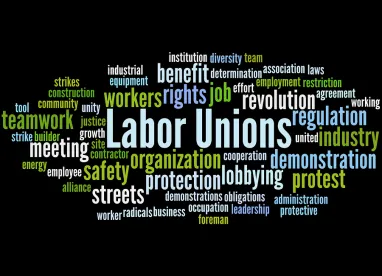After the NLRB adopted a new standard for determining bargaining-unit composition, many expected fewer micro-units would result. PCC Structurals, 365 NLRB No. 160 (2017) (PCC I). However, when the employer filed a request for review (appeal) of the Regional Director’s decision allowing, on remand, a “micro-unit” of its employees to vote on union representation under the new standard, the NLRB denied it. PCC Structurals, Inc., No. 19-RC-202188 (Nov. 28, 2018) (PCC II).
In PCC I, the Board had overruled its Specialty Healthcare (357 NLRB 934 [2011]) decision, reviving its prior, more employer-friendly standard for evaluating an employer’s claim that a petitioned-for bargaining unit should be expanded to include additional employees requested by the employer. In PCC I, the Board ruled that a party seeking to add employees to a “micro-unit” need only show the excluded employees share a “community of interest” with the petitioned-for employees, rather than the “overwhelming community of interest” required under Specialty Healthcare.
In PCC I, the Board remanded the case to the Regional Director for evaluation of the union’s proposed bargaining unit and the employer’s counterproposal under the new standard. The Regional Director determined that, even under the new standard (and the Board’s craft-unit case law), the union’s petitioned-for micro-unit (a group of the employer’s rework employees and welders – approximately 120 employees) was appropriate. (The company had taken the position that the unit should include all production and maintenance employees, which would mean 120 job classifications and 2,565 employees.) The Regional Director explained that “the petitioned-for Unit constitutes a craft unit of highly skilled welders and is appropriate for the purposes of collective bargaining in that the petitioned-for welders share a community of interest sufficiently distinct from excluded employees.” The analysis considered departmental organization, skills and training, job duties, functional integration, contact, interchange, terms and conditions of employment, and supervision. The Board concluded that these factors weigh in favor of finding the petitioned-for employees share “a community of interest sufficiently distinct from excluded employees.”





 />i
/>i

